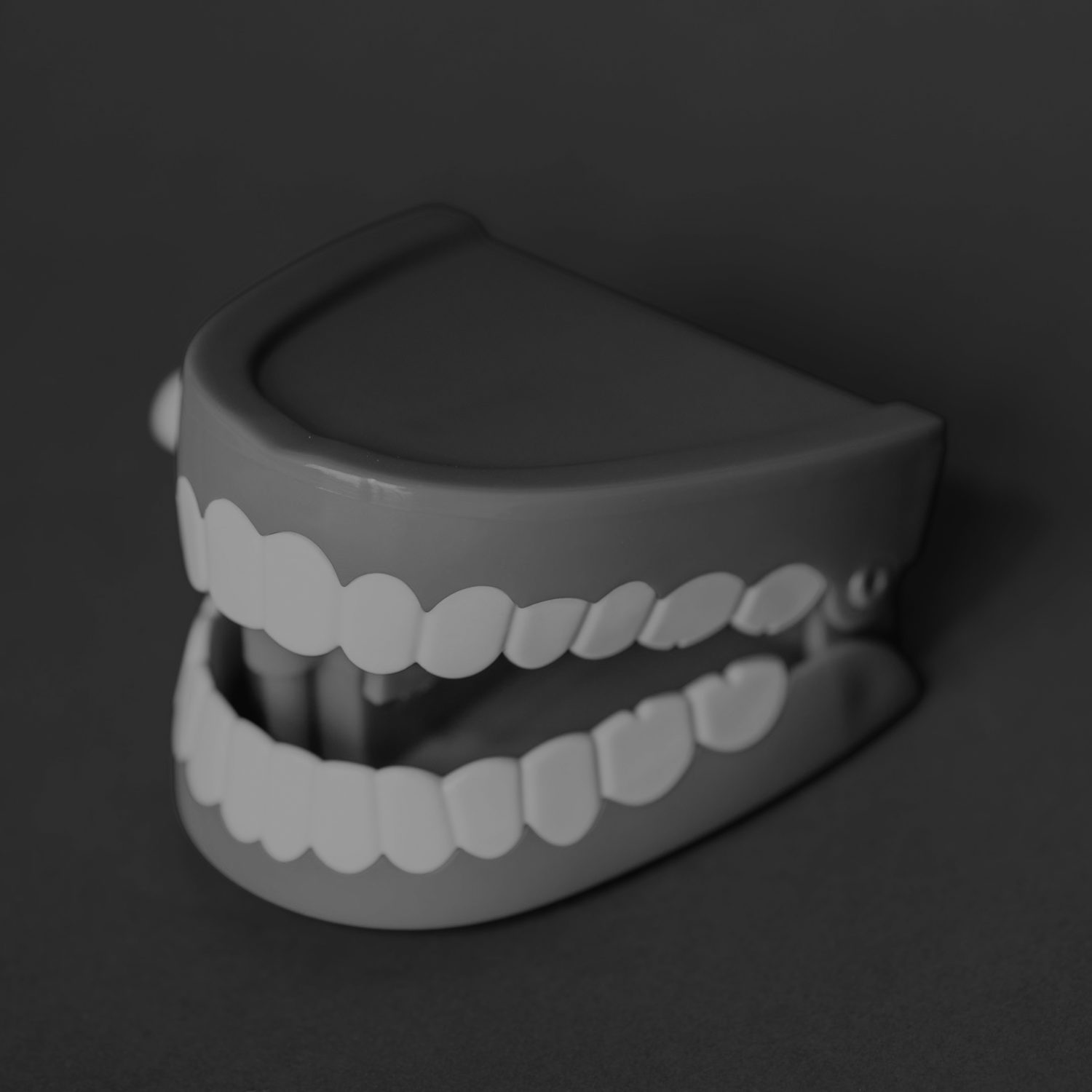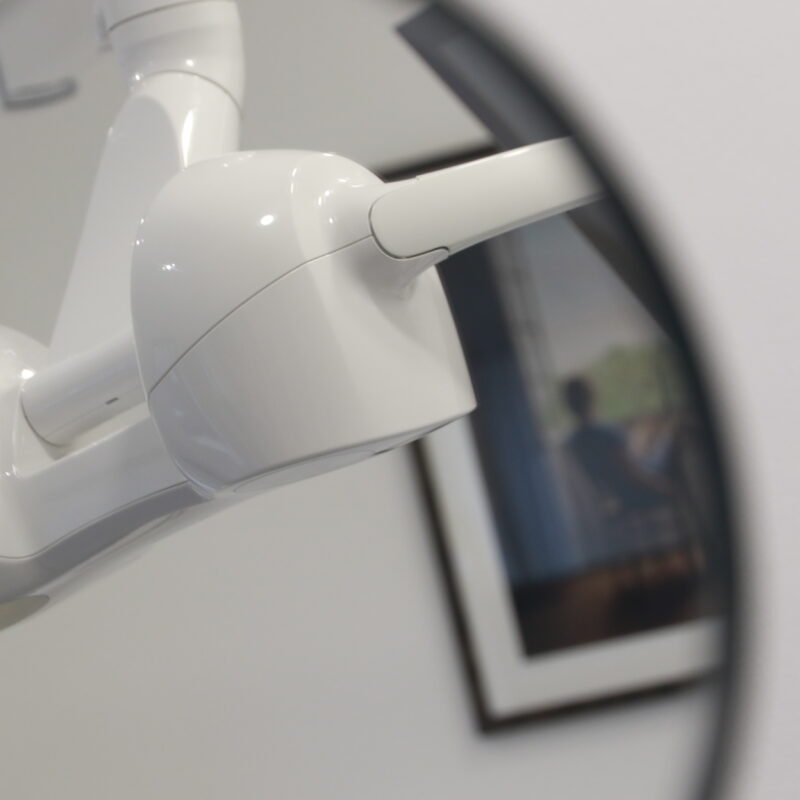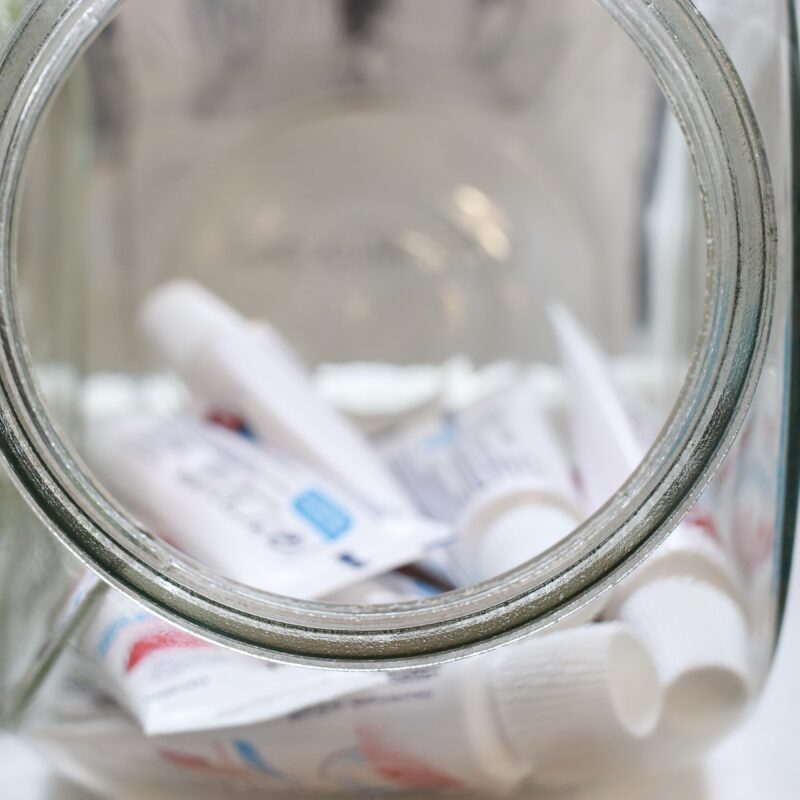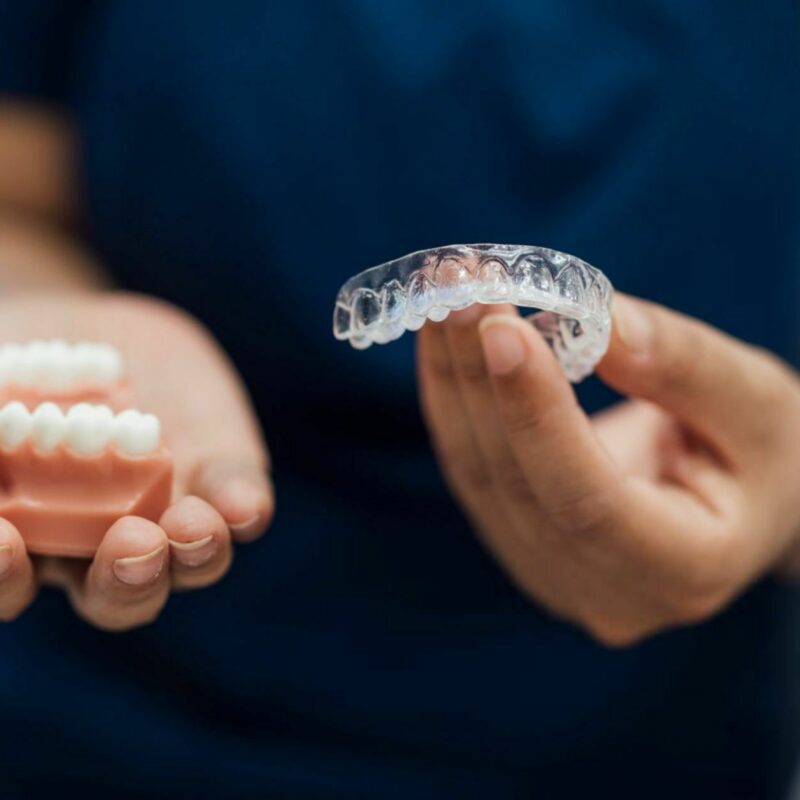A large determinant of cost is the dental technician, the type of crown and materials used, and how much time is required to produce the crown. There are many different materials to make dental crowns, and there are different manufacturing processes.
Ceramic, a material that is so well able to mimic some of the optical properties of teeth, is increasing used as the material of choice for dental crowns. This material or group of materials comes in a huge range. The type of material has an effect on the properties: more translucent, less translucent, stronger, better fitting, adhesive, not adhesive, veneered or not, and so on. There is a wide range of factors to consider, and the dentist and technician need to be able to review the specifics of each case to make the correct decision as to what type of material should be used. At the front of the mouth, clearly a more aesthetic outcome is needed, and, at the back of the mouth, a more robust option is required.
One type of ceramic material will have many different manufacturers, and each manufacturer may provide several different versions of the same material. The material may be altered to change the optical properties, or the strength, the precision of the fit, and the level of wear placed on an opposing natural tooth. The production protocols may be vastly different, from requiring minimal effort to a labour intensive, detailed production process.
The material may be provided as a single piece of ceramic, or there may be a veneered layer placed on top - this is the most aesthetic, and requires time, skill and a high level of experience and artistry. The single piece of ceramic may be pressed (from a wax pattern), injection moulded (from a wax pattern) or milled using CADCAM. The first two materials - pressed and injection moulded require far more work than a milled crown, and the pressed and injection moulded crowns have far greater strength. All three versions may be cut back and veneered with highly aesthetic veneering porcelain. So you may be told you are being given a certain type of crown at two different dental practices, for example e.Max, or zirconia, but there is a great deal of variation, not just between manufacturers but also between the different crowns they offer, and effectively, though the trade name may be similar, the actual specifics of the crown may vary greatly, and that reflects in the cost.
Some dental technicians will not have the space, or simply not be able to afford or willing to invest in much of the expensive range of machinery required to produce certain types of ceramic crowns and finishes, and this will limit what they can produce. Similarly, those that do invest in a greater range of machinery, will be able to cater for specific needs, and will also charge more for their services.
Some materials simply cost much more than others. An easy example is gold. Dental gold comes in several different guises, Type 1, 2 3 and 4, all ISO standardised in the minimum quantity of gold, and some of the other materials present in the alloy. The amount of gold in the different types of alloy varies, and so the cost varies, but so do the properties. A very high gold ratio (Type 1) fits very precisely, but is quite soft, not suitable in some circumstances. A lower gold ratio doesn't fit quite as neatly (though better than any other crown material) but is also quite hard. So Type 1 gold may be suitable for a smaller restoration, Type 2 and 3 gold are better for a conventional crown, and Type 4 gold will serve better as a bridge. The cost of the gold per unit weight is another factor in the cost of the restoration - a small onlay (protecting the cusps of the tooth) will require less weight of gold, where as a full crown or a bridge will have a much higher weight of gold, and so the cost increases. Gold may be printed or laser sintered these days, though traditionally it is prepared in a 'lost wax' technique - a lot of time and detail is required to make a gold crown. Even with a printed crown, the material needs to be finished in a process that takes more time than many other types of crown, which may simply be put into a furnace and processed in a glazing cycle (to make the crown shiny and less porous).
It follows, that the cost of the material varies, and the handling and manufacture protocol of the material varies, and this means the fee charged will vary. You may be quoted for a crown, perhaps even the same type of ceramic crown at one dental practice, and the cost varies considerably to another dental practice - on the surface the materials are the same, but one may be weaker, less well finished, and less aesthetic or long lasting, and the other may be stronger, finished to the highest specs, very aesthetic and (probably) much longer longer lasting.








